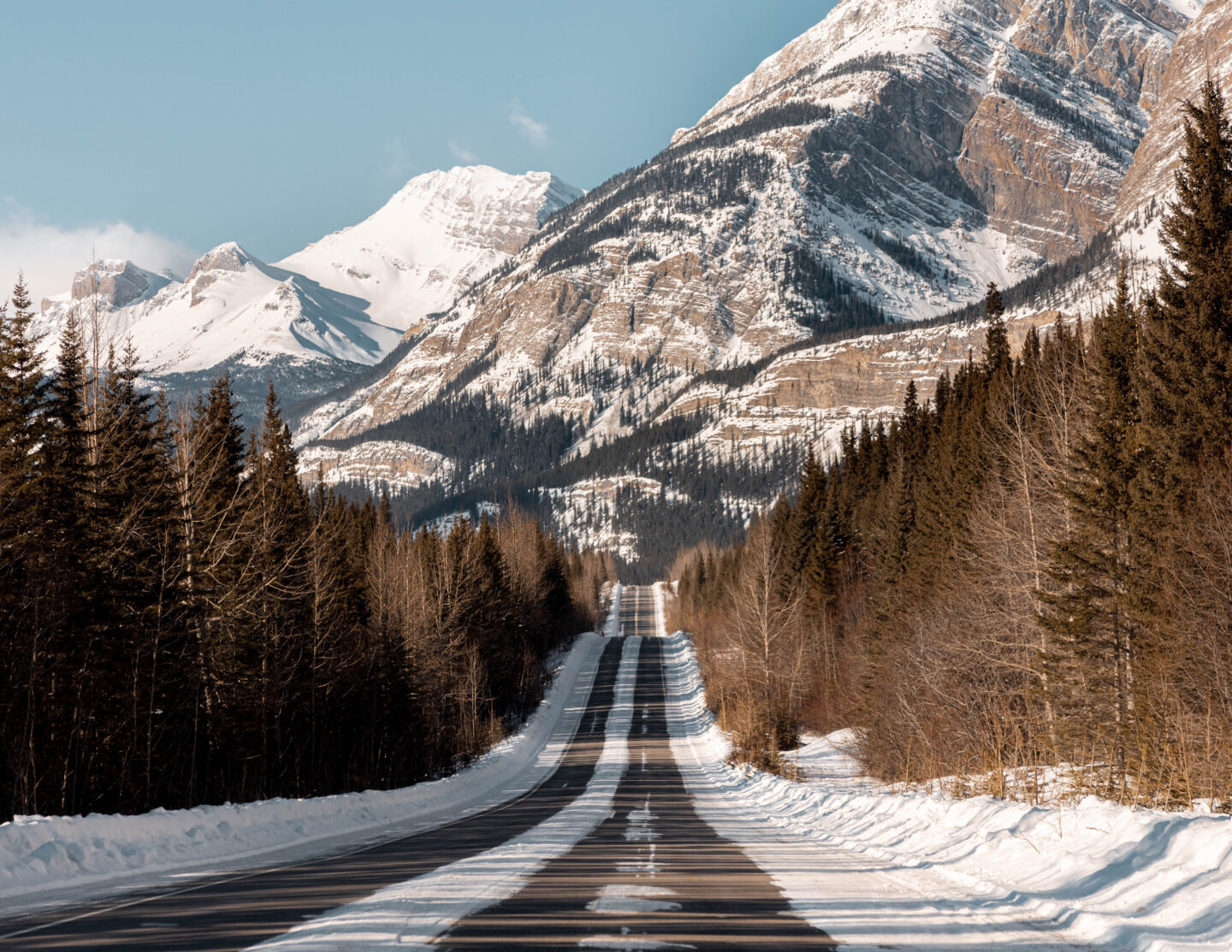The Icefields Parkway may just be the most beautiful drive in the world. Spanning 232km, connecting Banff & Jasper, the Icefields Parkway is simply stunning. You'll pass glaciers, mountains, wildlife & the most beautiful views you’ll ever see! We absolutely love visiting Banff & Jasper, especially in autumn & winter, and winter road trips are stunning and much quieter too.
However, driving the Icefields Parkway in winter can be unpredictable. It is open all year round - weather permitting - but winter driving requires a little more planning & preparedness compared to other seasons. Here’s what you need to know if you're driving the Icefields Parkway in winter or early spring.
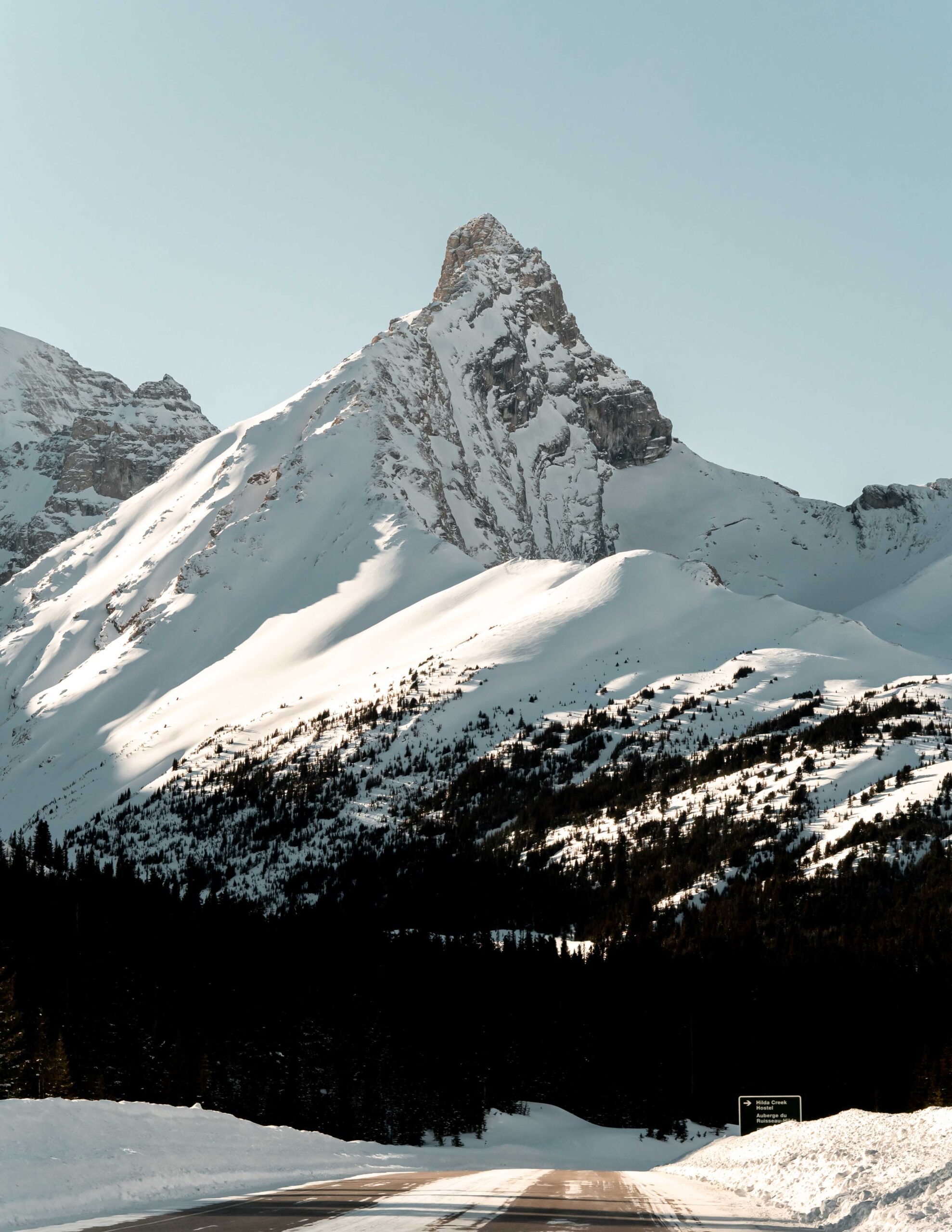
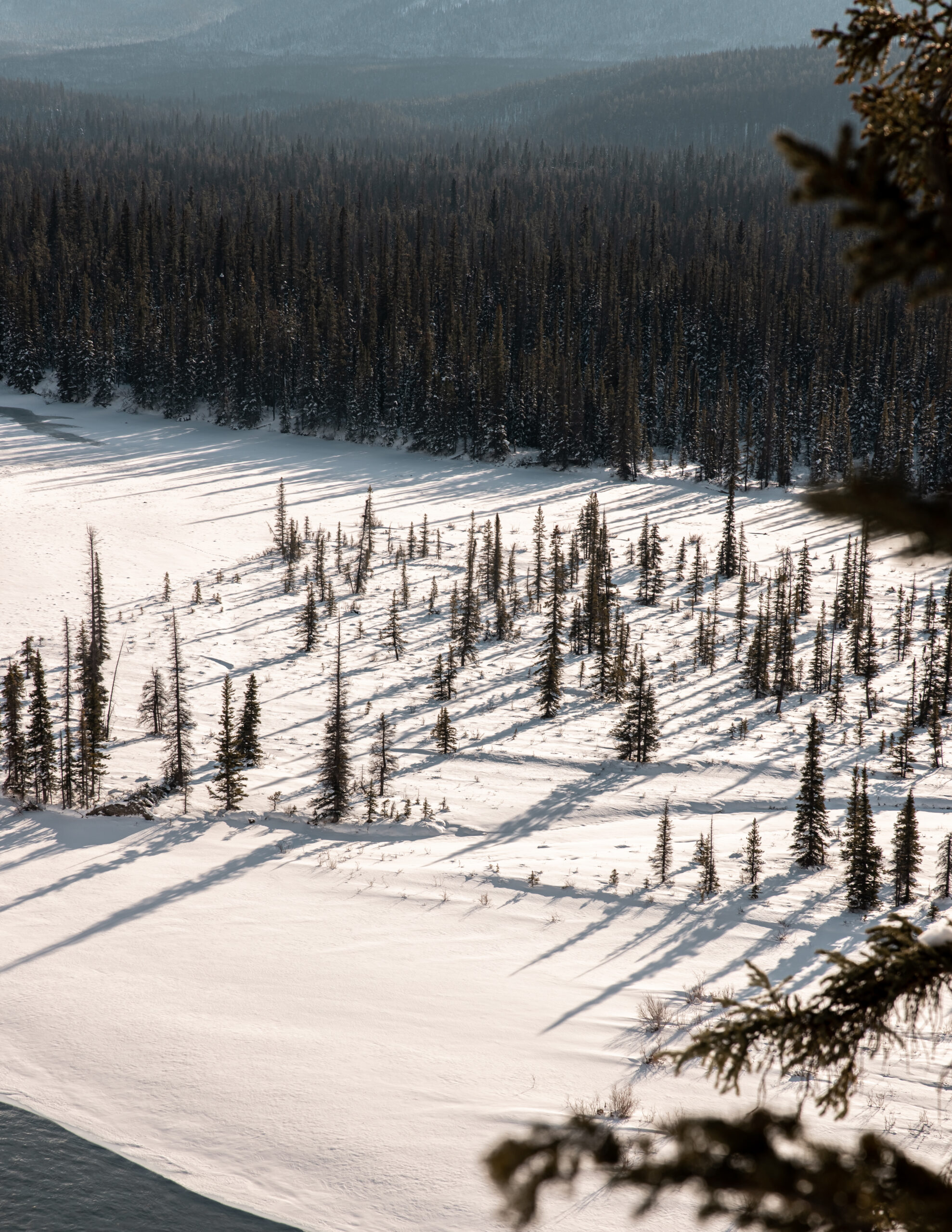
#1 - You MUST have winter tires!
If you're driving the Icefields Parkway in winter, winter tires on your vehicle are mandatory on the 93N. It's a legal requirement and the roads can get incredibly icy and treacherous at times, so they're essential for safe winter driving. Look for the snowflake or M+S symbol on your tires. These are mandatory from November 1 to April 1. An alternative is to buy chains for your tires.
If you're in Vancouver, I recommend Fountain Tire Canada for winter tires or tire changes, and their Tire Mobile service is brilliant. They’ll come to your house to change your tires & get you ready for winter travel right on your doorstep. They can help you find the right winter tires too if you don’t have them.
If you're renting a car, make sure you specifically ask for winter tires ahead of your trip. It may not be an option when you book, so call a week ahead to ensure they have them. Not all rental locations offer winter tires and you may have to pay a daily surcharge. You can get a hefty fine for driving the Icefields without the right tires.
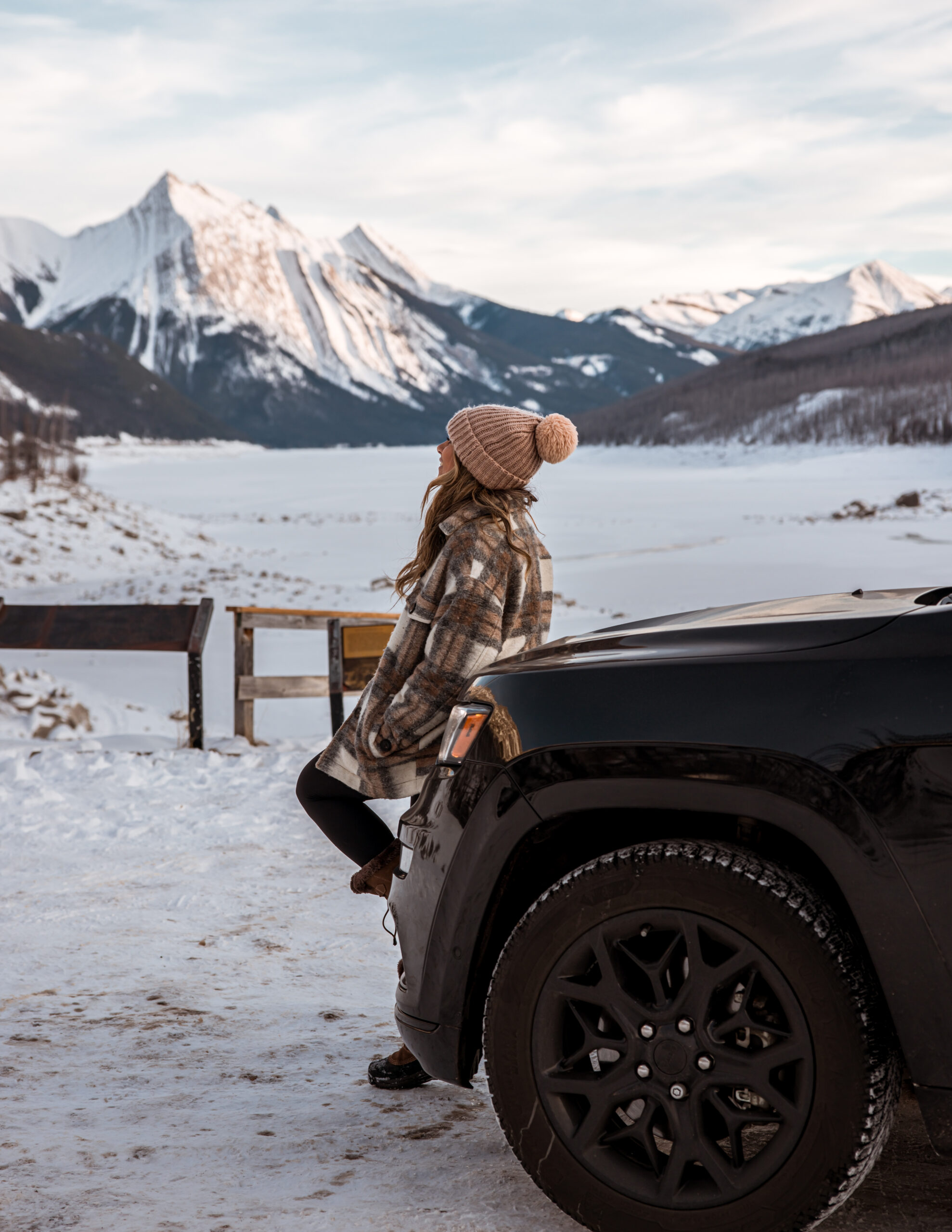
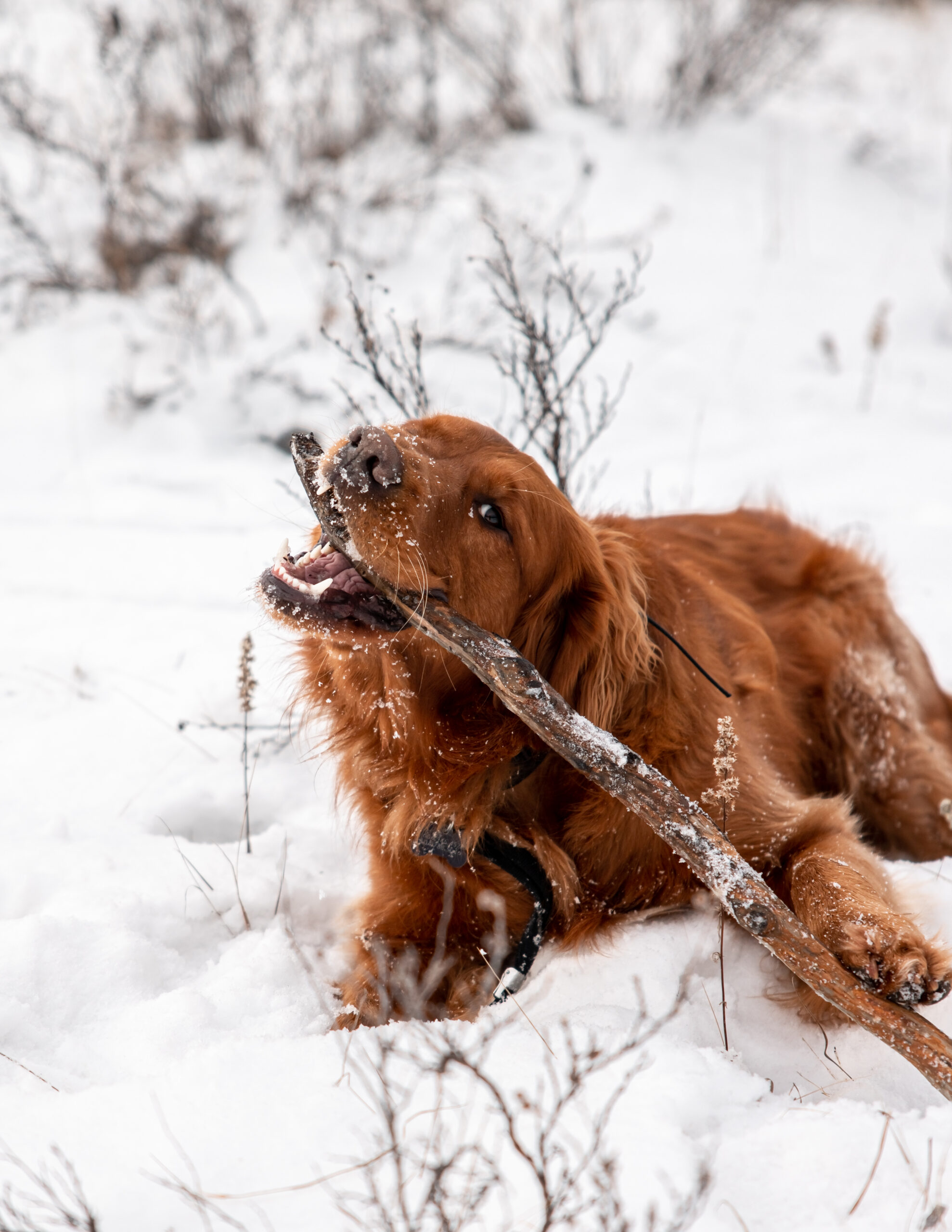
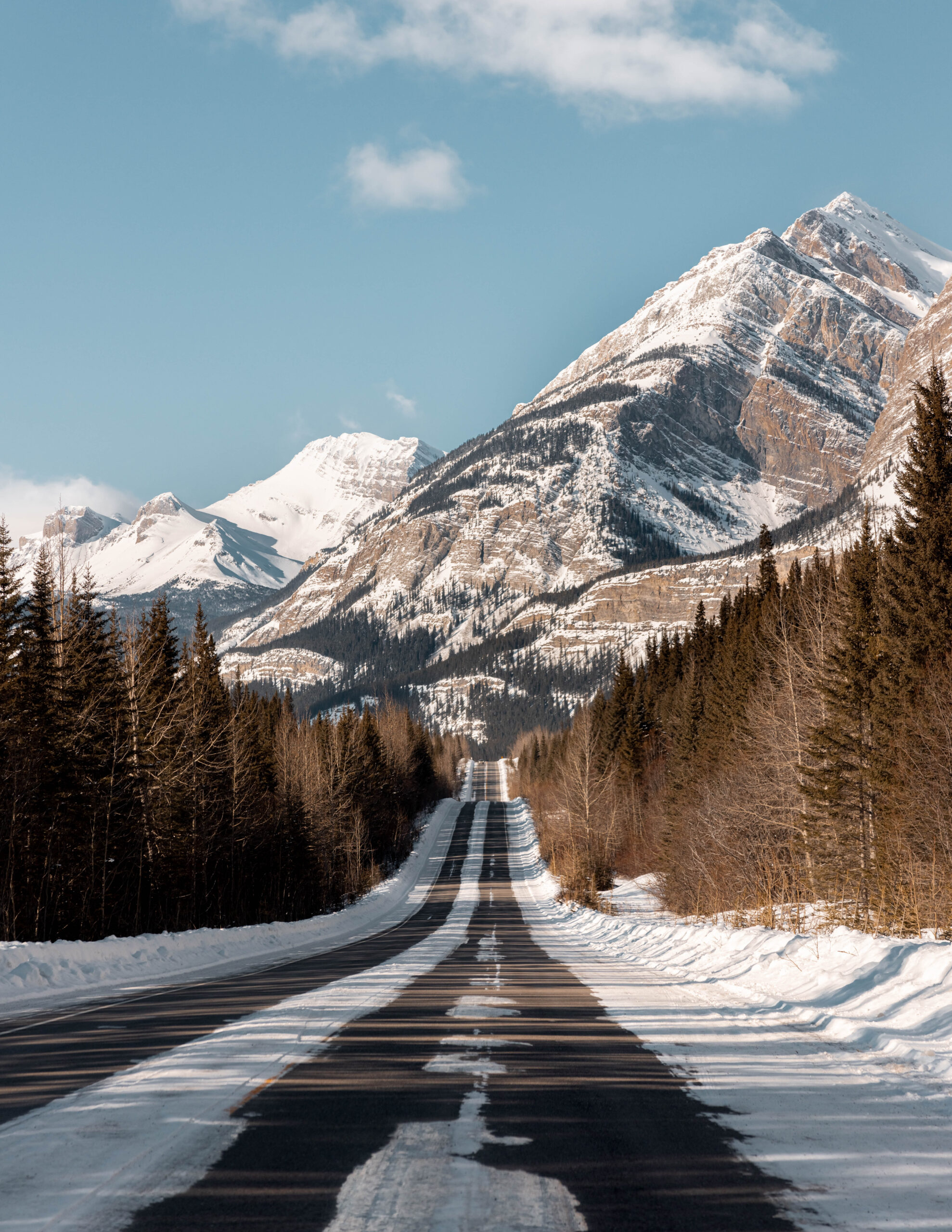
#2 - Stock up before you leave Lake Louise
The Icefields Parkway is a remote & isolated road and there aren't any services along the Parkway after you pass Lake Louise. Before embarking on your journey, make sure to stock up up on the following:
Gas
There aren't any gas stations along the 232km stretch of the Icefields Parkway that are open in winter. Make sure to fill up your tank in either Banff or Lake Louise if you're heading north, or Jasper if you're heading south. The gas station at Saskatchewan Crossing closes in October. I'd recommend filling up a full tank - this way, if you get stuck or stranded, you have sufficient gas to keep the heat running just in case. I recommend filling up your Windshield Fluid beforehand too or carrying spare in case you run out.
Supplies
There are no shops or gas stations along the Icefields Parkway so take allll the snacks & supplies with you. Our favourite snacks are nuts, jerky, protein bars and some sweet treats. There is a cafe at Bow Lake that's open during the summer, but this closes as soon as snowfall hits and reopens again in spring.
Car Essentials
Blankets, flashlight, battery packs, candles, portable jump starter, dog food, winter clothing, a big jug of water & a first aid kid are all great to keep in the car, just in case you get stranded, break down or an accident happens and you get stuck. Check that your spare tire is in good condition before you depart, and keep a tire puncture kit with you in case. Temperatures can easily get down to -30C in winter, so be prepared.
#3 - Keep in mind there's no cell service
There is no cell service along the Icefields Parkway, from just after Lake Louise until you get close to Jasper town. It's worth bringing a satellite phone if you have one, or, if you have an @apple iPhone 14 or iPhone 15, you can use Emergency SOS via Satellite if you need assistance. You don't need cell signal to use this - you simply dial 911 and you'll be connected to an emergency responder via satellite. You can communicate via text, they can find your location & they'll also notify your emergency contacts and keep them updated. It's pretty cool and can be lifesaving if you're somewhere remote with no signal. Make sure this is set up on your phone before you depart.
#4 - Make plenty of stops!
You could easily spend the whole day exploring spots along the Icefields Parkway and there are many gorgeous places to stop off. My favourite winter stops, going from Banff/Lake Louise towards Jasper are:
- Peyto Lake - accessible in winter, open all year round & the parking lot is usually cleared. The view of the lake from the platform is beautiful.
- Bow Lake - also accessible in winter & open all year round. The view of the lake & surrounding mountains is gorgeous & you can hike/ski across the lake when it's frozen. The cafe is closed from October until spring.
- Athabasca Glacier - tours that take you up the glacier end in October & restart in spring, but you can still see the glacier from the side of the road. It can get really cold & windy so wrap up!
- Sunwapta Falls - Closer to Jasper, this is a gorgeous waterfall that's open all year round and accessible in winter.
- Goats & Glaciers viewpoint - a beautiful viewpoint, a very short walk from the parking lot at the side of the Parkway.
- Athabasca Falls - Closer to Jasper, this is another gorgeous waterfall that's open all year round and accessible in winter.
(If you're travelling with a dog to Jasper, see this post for dog-friendly travel tips in winter).
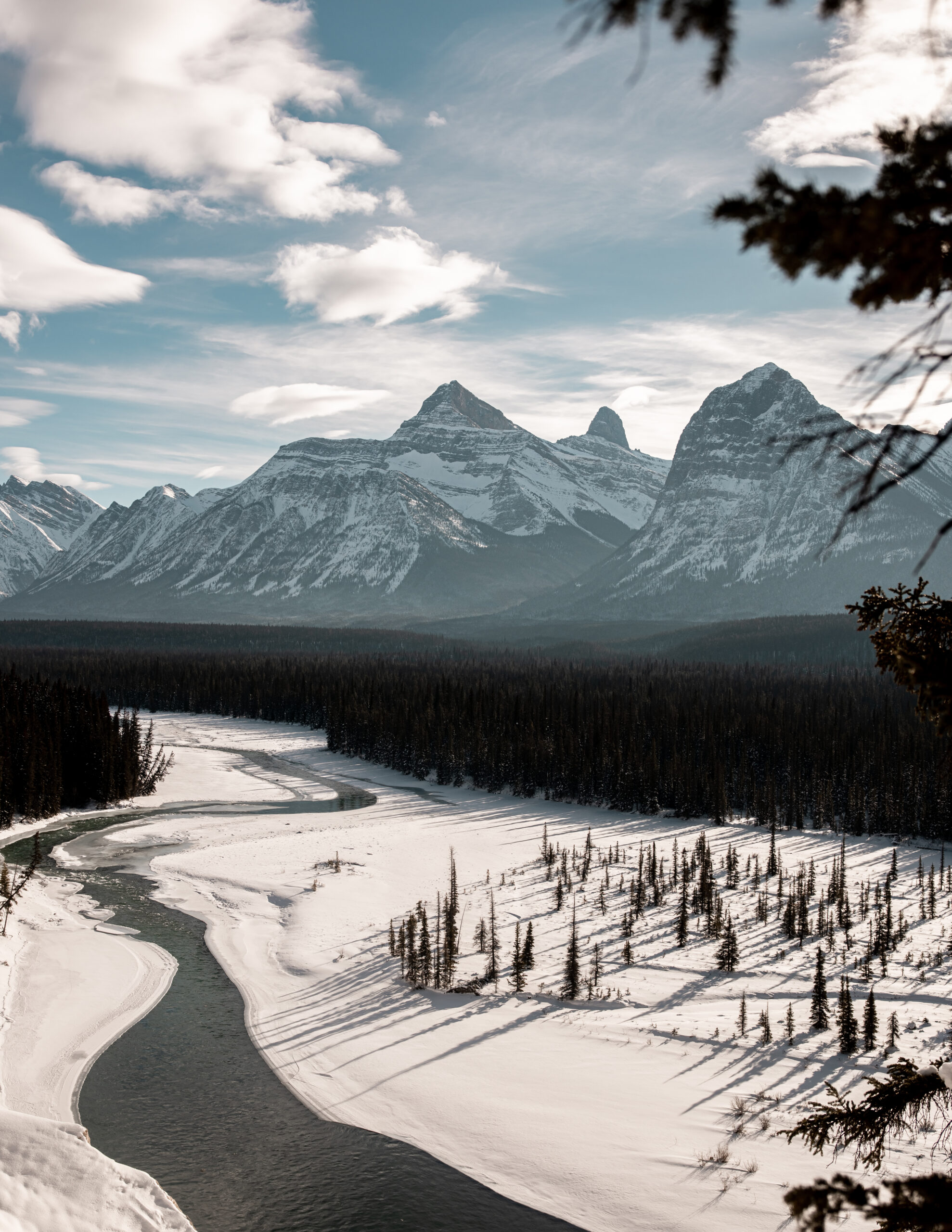
Goats & Glaciers Viewpoint, Jasper
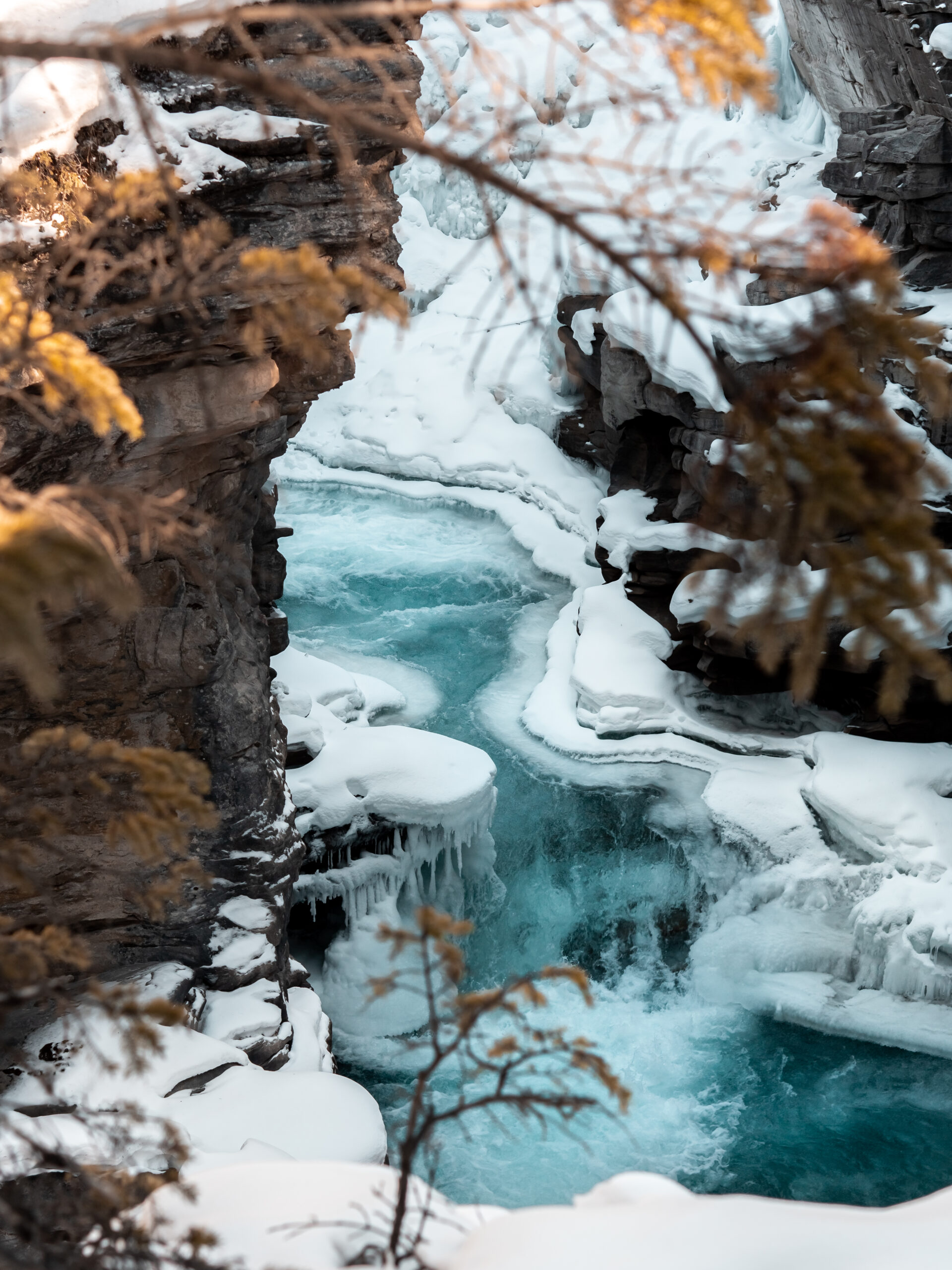
Athabasca Falls, Jasper
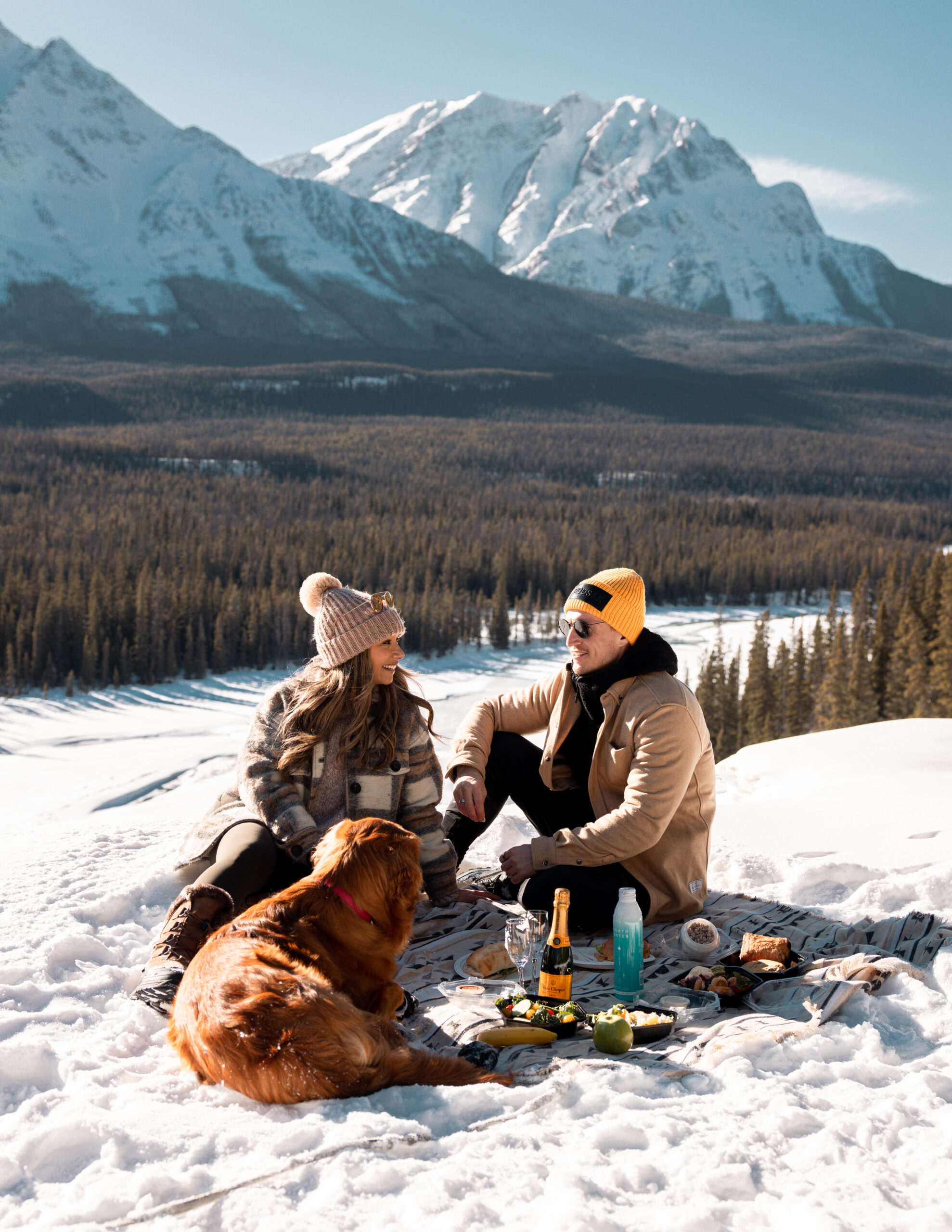
Goats & Glaciers Viewpoint, Jasper
#5 - Look out for wildlife!
One of the best places to see wildlife in the Rockies is on the side of the road, and this applies to the Icefields Parkway too! With it being such a vast, wild and remote area, there's plenty of wildlife, including black bears & grizzly bears, moose, mountain goat, caribou, big horn sheep, elk, & more. Some wildlife such as bears will hibernate during the winter, but other wildlife such as moose, goats and sheep will be around. They like to lick salt off the roads & off cars, so keep an eye out while you're driving & if you come across wildlife in the road, make sure to respect their space and go slow.
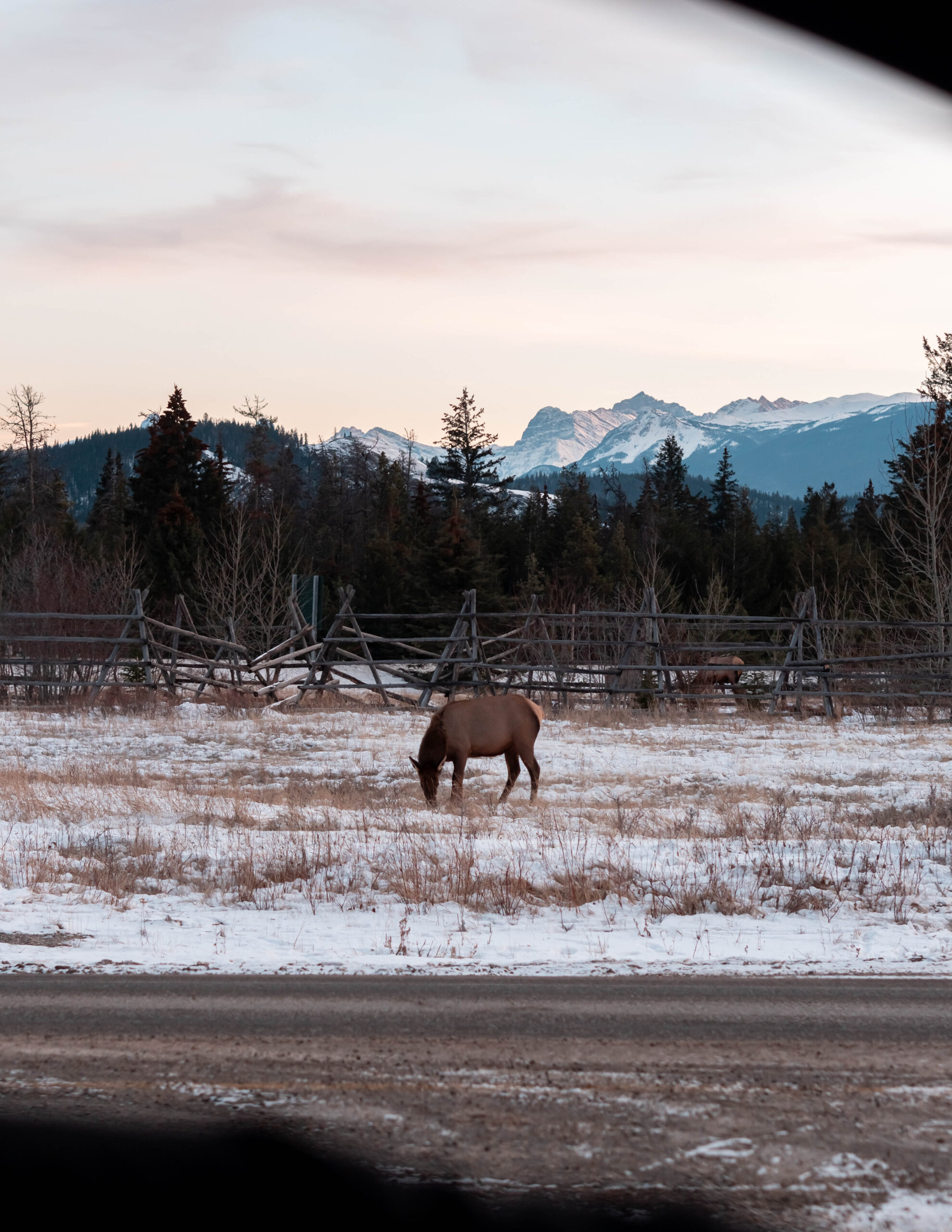
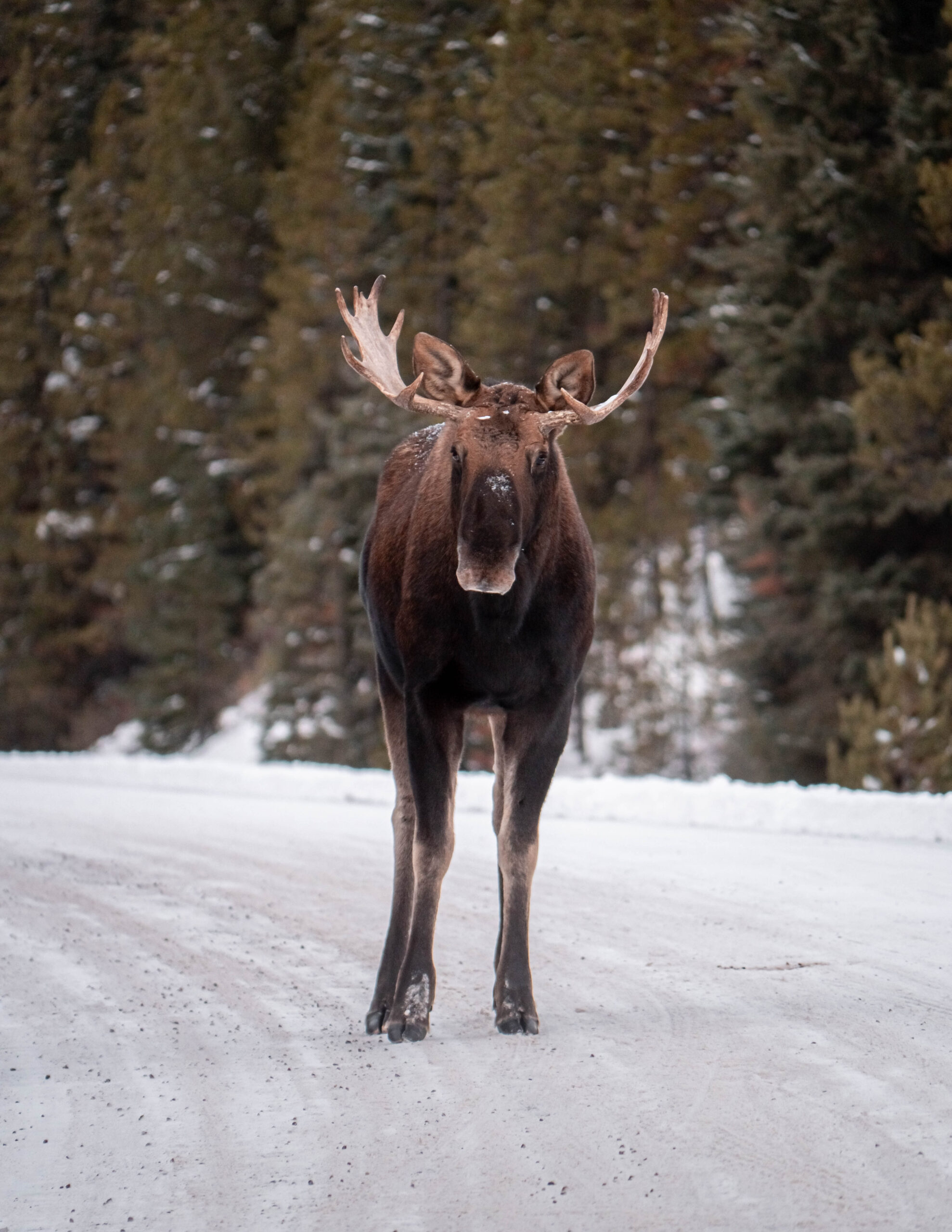
#6 - Check weather & road reports pre-departure
Keep an eye on the 511Alberta road reports to check whether there are any closures or bad conditions before you depart, and check weather reports too. The Icefields Parkway is a mountain pass, so weather can change quickly. Heavy snowfall often prompts the closure of the Icefields and snow clearing only occurs between 7am - 3:30pm.
Parks Canada will often close the highway to conduct avalanche work after heavy snowfall or when temperatures get warmer (usually in March), to prevent avalanches from occurring alongside the road. Sometimes they close the whole Parkway, and sometimes it's just a section. If this happens, you can usually re-route via Calgary and Red Deer, via Rocky Mountain House or another destination, but this is significantly longer & could extend your driving time by 4+ hours. All closures & avalanche work will be noted on 511Alberta. The Icefields isn't lit with street lights either, so I'd recommend driving during daylight hours & departing well before sunset.
#7 - Be cautious & take in the views!
The main takeaway here is be cautious when driving the Icefields Parkway in winter and soak in every view and vista you come across! It's a doable drive and I don't want to put you off - but take it easy with speed especially when it's icy, snowy or high winds. On our trip in March 2022, we came across an overturned truck (thankfully no one was hurt) which had flipped onto the roof due to black ice while turning a corner. As long as you're prepared, you take it slow & leave yourself plenty of times, no doubt you'll have a great journey and encounter the best views along the way!
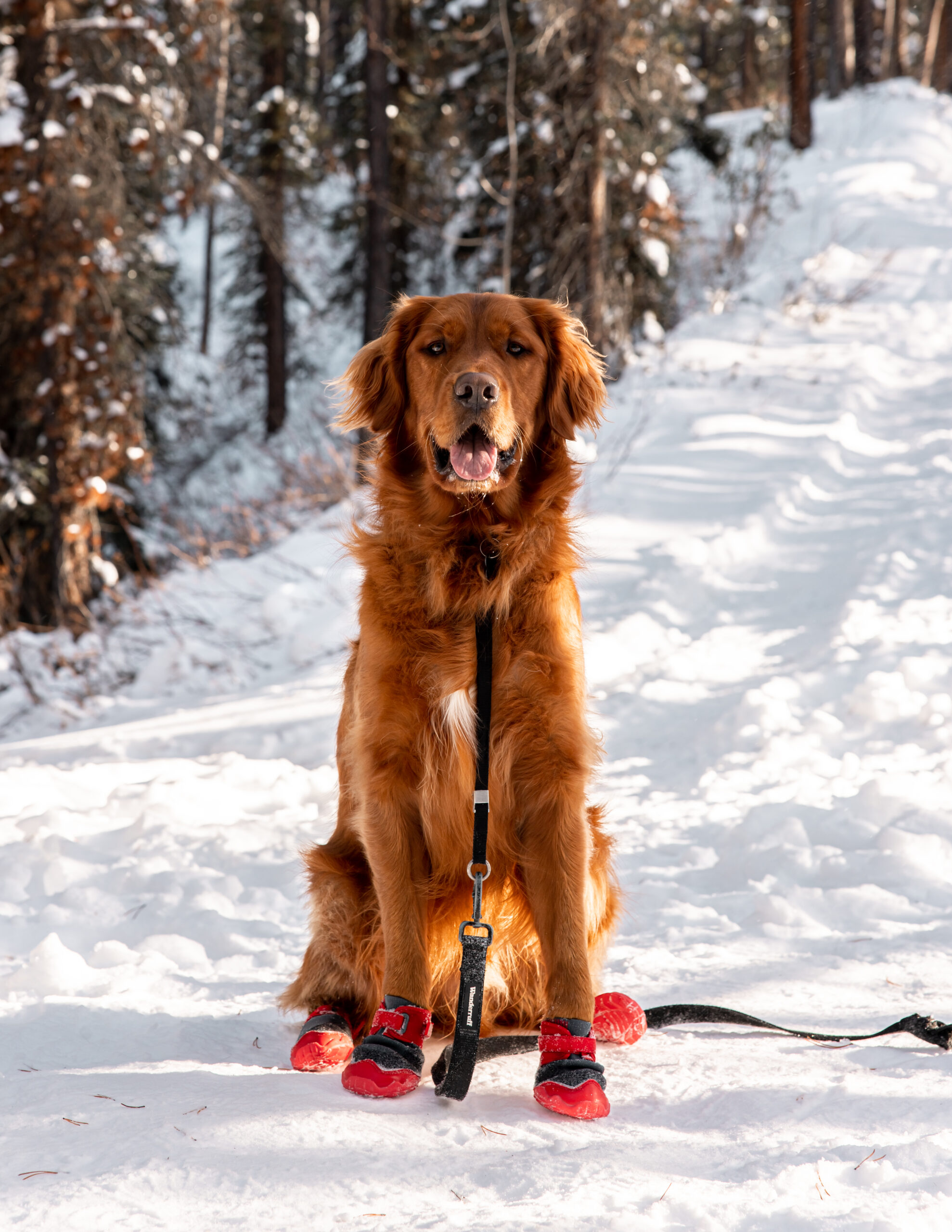
A wild dog found at Sunwapta Falls
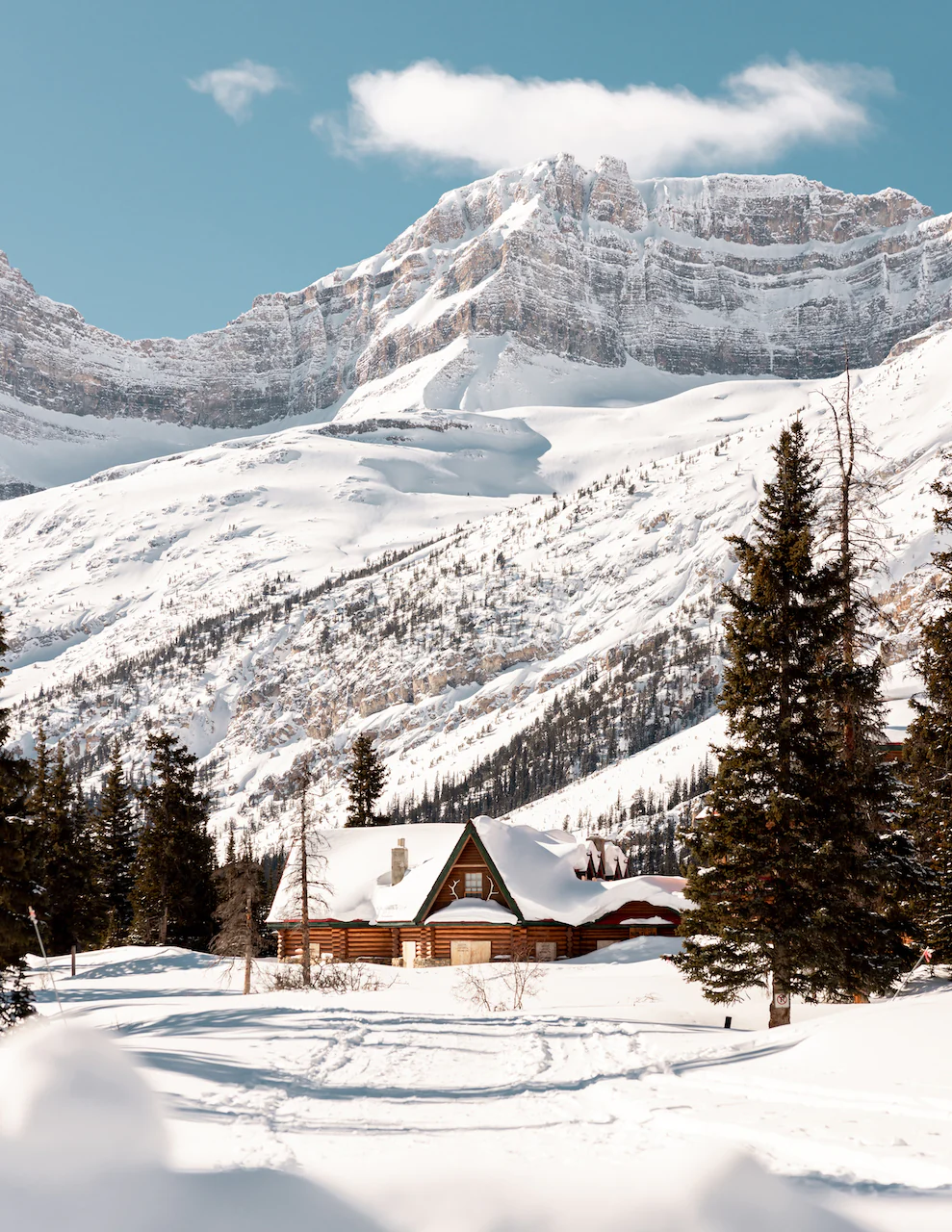
Bow Lake in Winter
I hope you've found these tips helpful if you're planning to drive the Icefields Parkway in winter. Have the best journey and let me know in the comments which spots are your highlights or if you have any questions!

